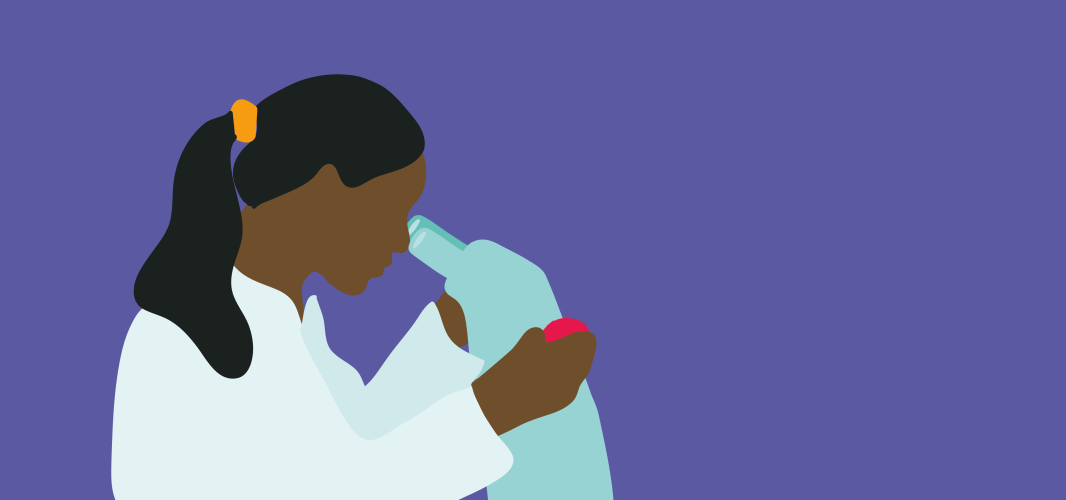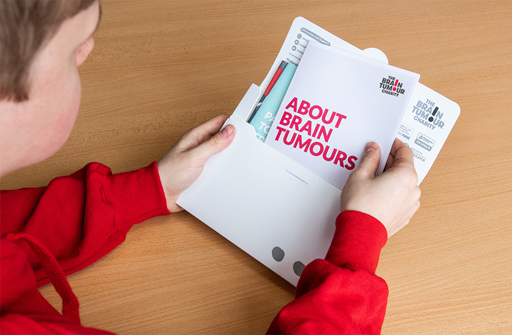Emerging glioblastoma treatments
Using Immunotherapy to treat glioblastoma
Immunotherapy, which uses substances to enhance or subdue your immune system to help your body fight the tumour, is also showing some promise, such as the cancer vaccine DCVax®.
DCVax ® is a personalised cancer vaccine that is made from each patient’s own dendritic cells. (Dendritic cells are a type of immune cell that help the body’s immune system recognise and attack tumour cells.)

Trial finds DCVax-L can prolong the lives of those living with a Glioblastoma
A major phase III clinical trial has found that novel treatment DCVax®-L can prolong the lives of people diagnosed with a new or recurrent glioblastoma
Using Tumour Treating Fields (TTF) to treat glioblastoma
Also known as Optune ®, TTF is a relatively new, non-invasive technique for adults with glioblastoma. It uses alternating electrical fields, delivered via a set of adhesive patches worn like a skull cap, to disrupt tumour cell division, or cause cell death. This helps to prevent the tumour from growing or spreading so quickly.
It’s not currently available through the NHS.

Newly diagnosed?
Our free Brain Tumour Information Pack is designed to help you feel confident when discussing treatment and care with your medical team.
Support and Information Services
Research & Clinical Trials Information
You can also join our active online community.
In this section

Get support
If you need someone to talk to or advice on where to get help, we offer a wide range of inclusive and accessible support services for everyone affected by a brain tumour.
Share your experiences and help create change
By taking part in our Improving Brain Tumour Care surveys and sharing your experiences, you can help us improve treatment and care for everyone affected by a brain tumour.